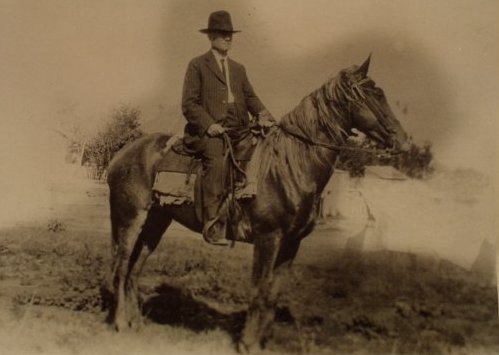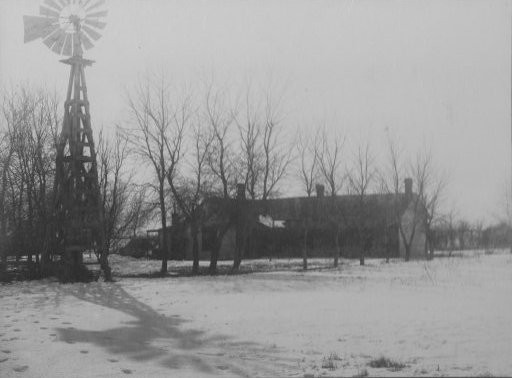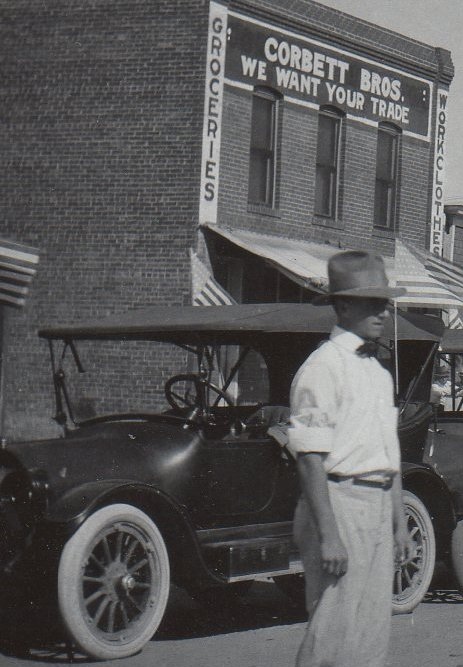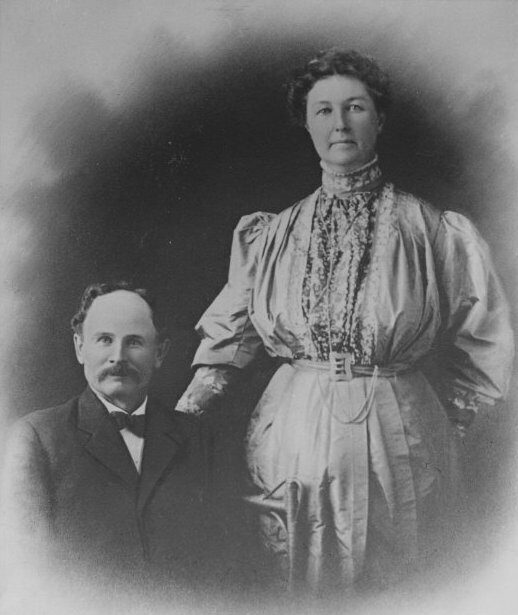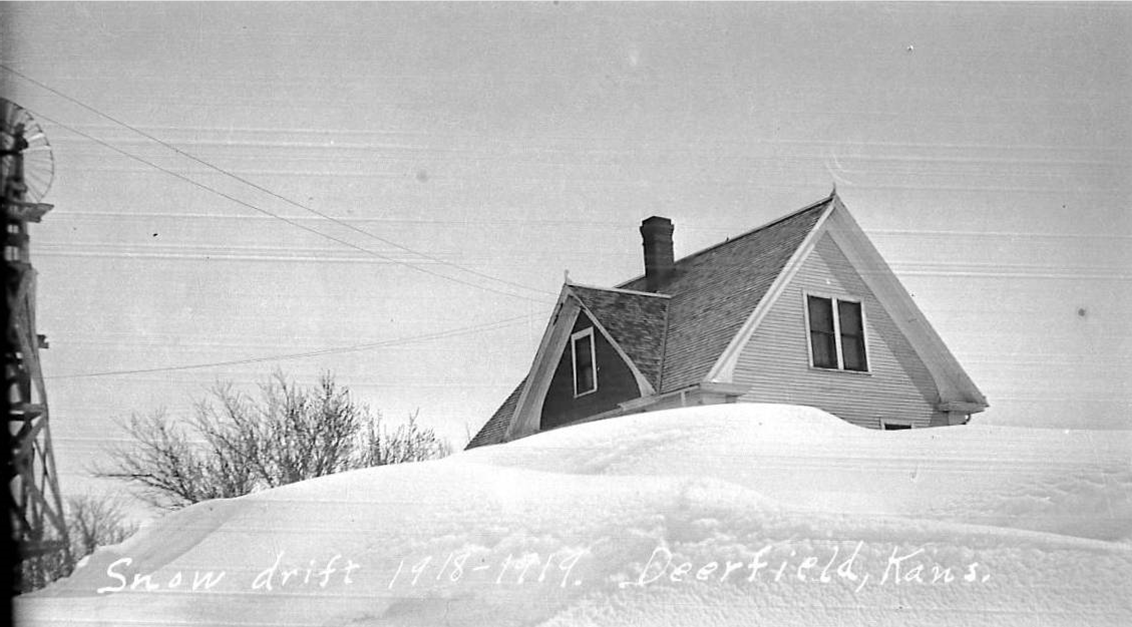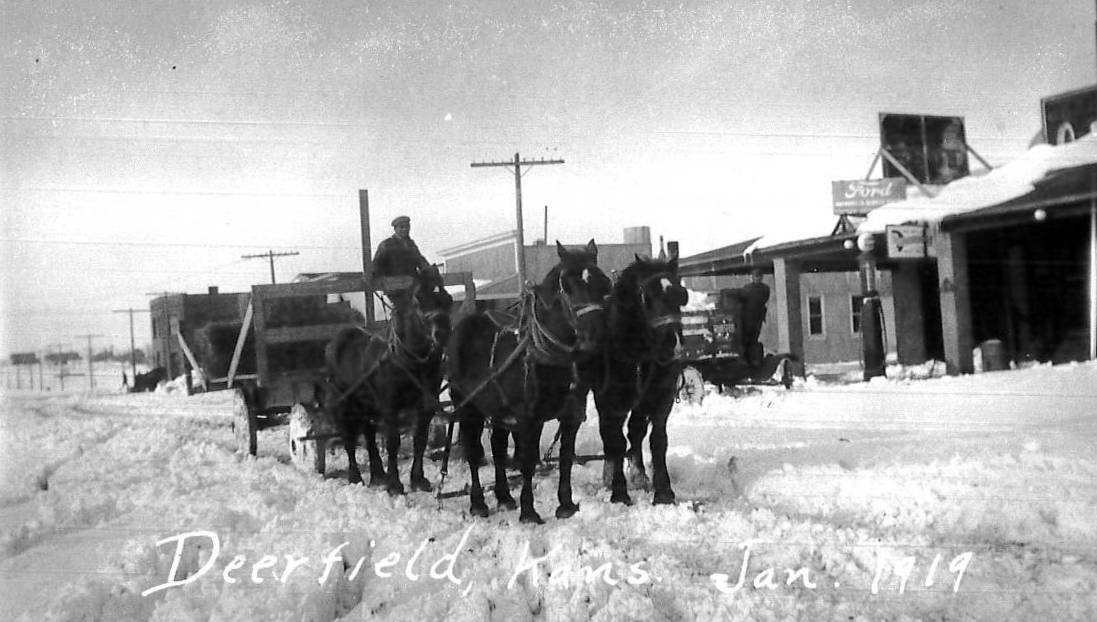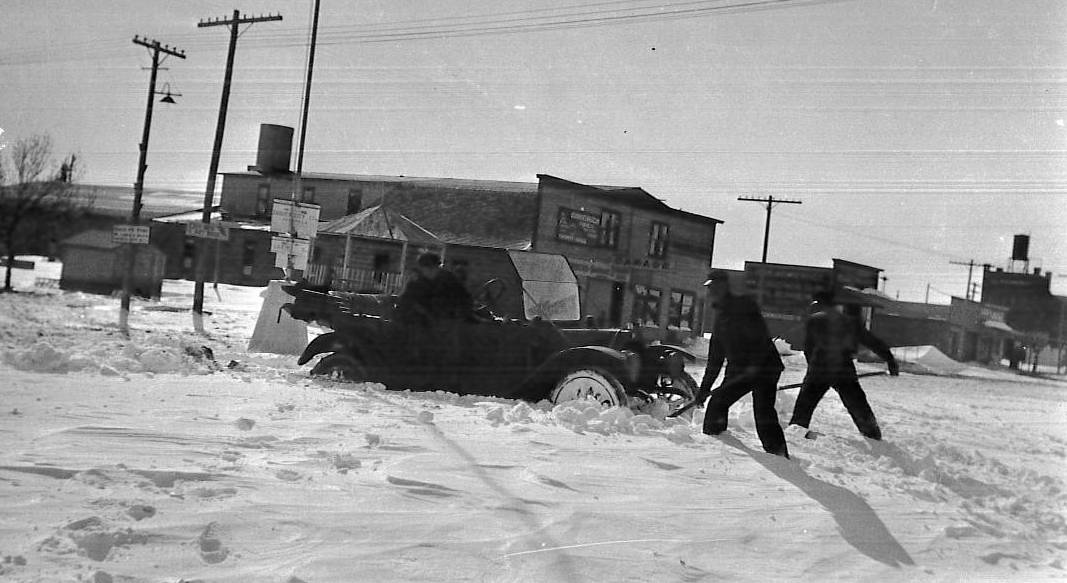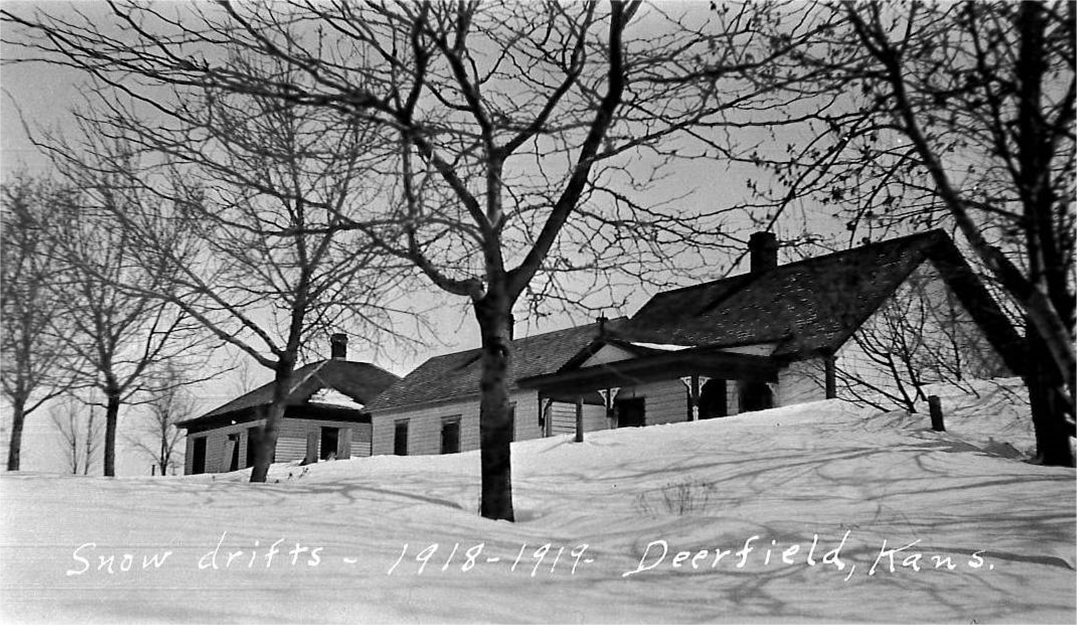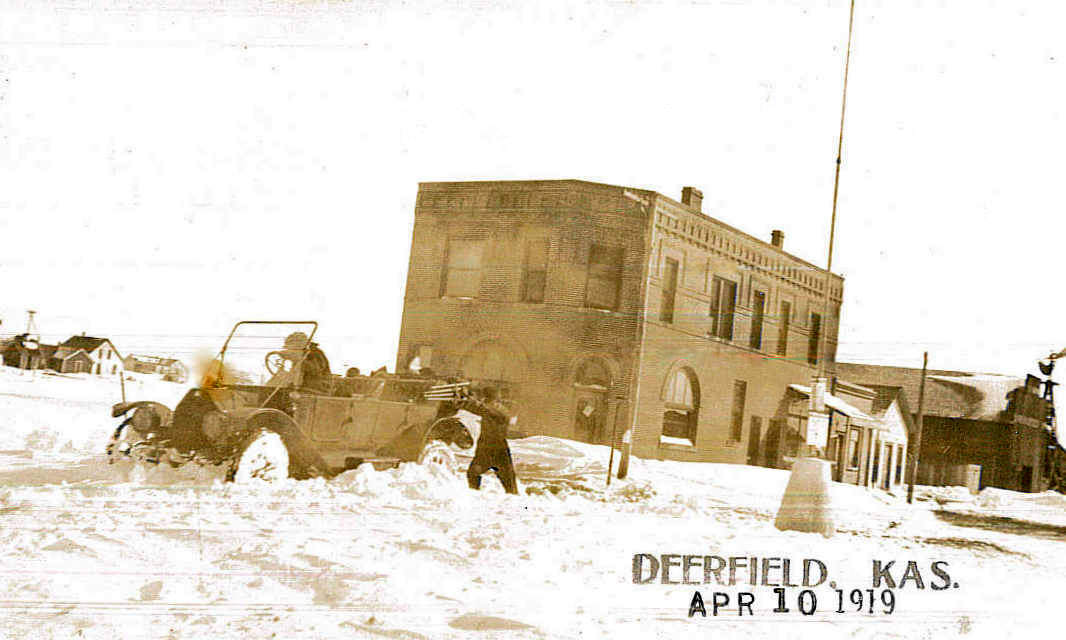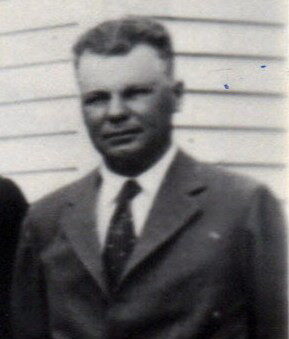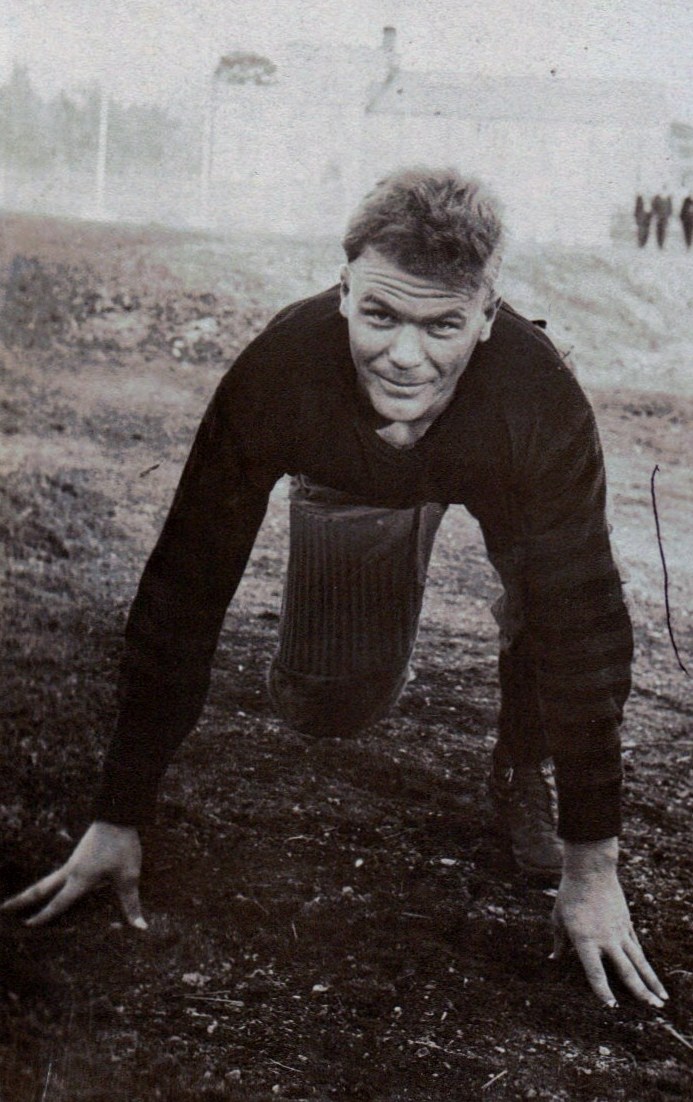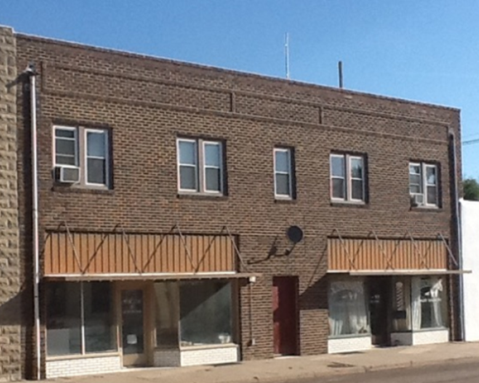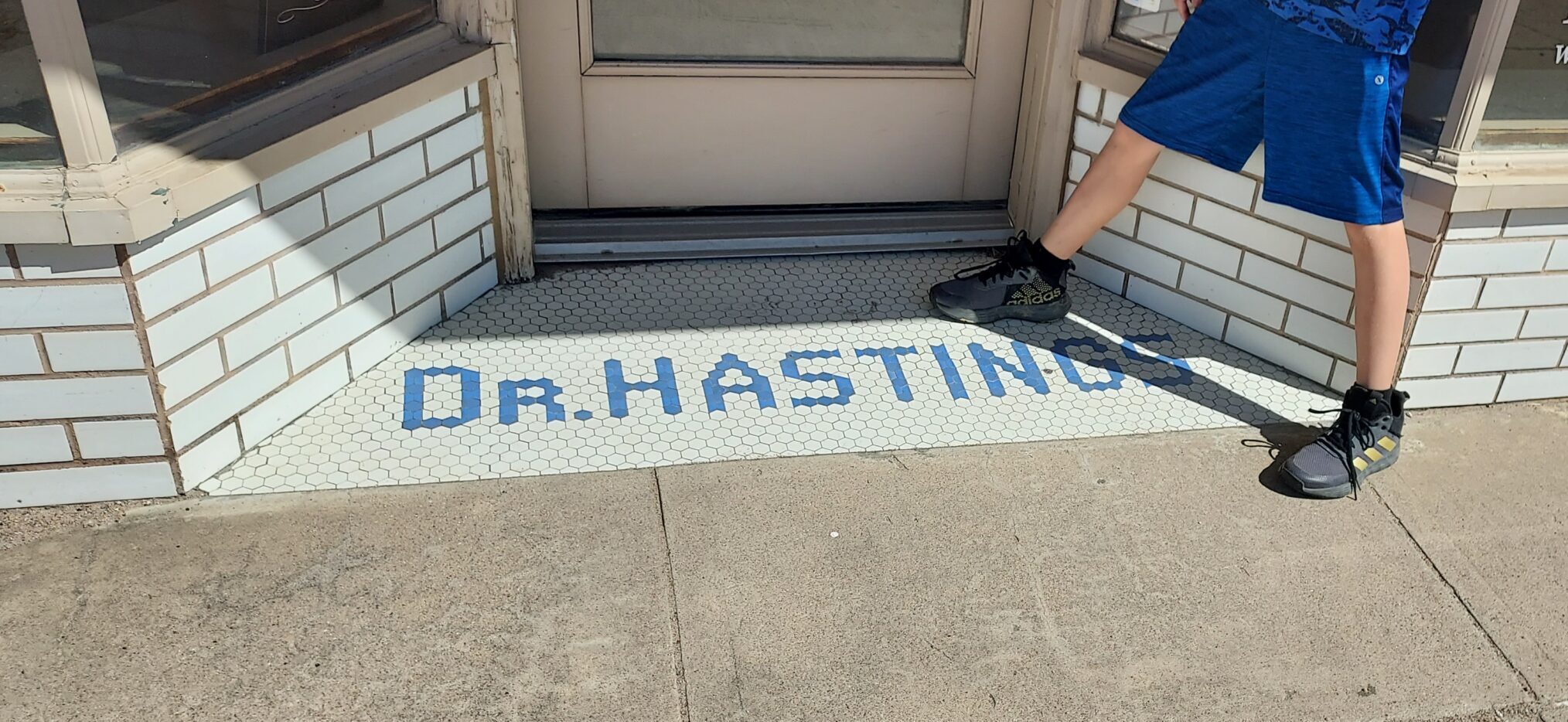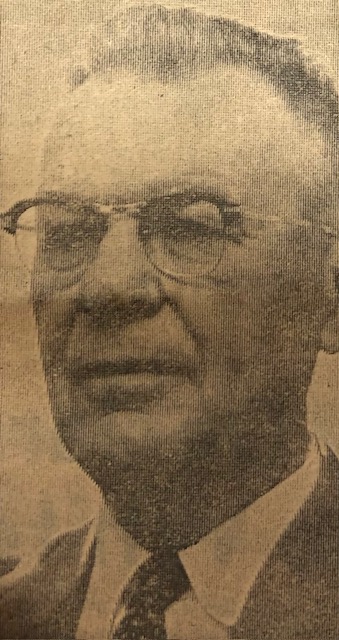Southwest Kansans can rely on the Deerfield Brotherhood to continue their tradition of serving up the “Grand Daddy of All” groundhog suppers each year regardless of Punxsutawney Phil’s ability to see his shadow. Around 125 volunteers work together to pull off what just might be the longest running groundhog supper in Kansas. Preparations have already begun for this year’s event which is slated for February 7th. Thirty hogs will be butchered this Sunday yielding roughly 4,500 pounds of sausage that will be seasoned with the Brotherhood’s secret recipe. Of this, 1,100 pounds of patties will be cooked and served the day of the meal, and the rest will be sold.
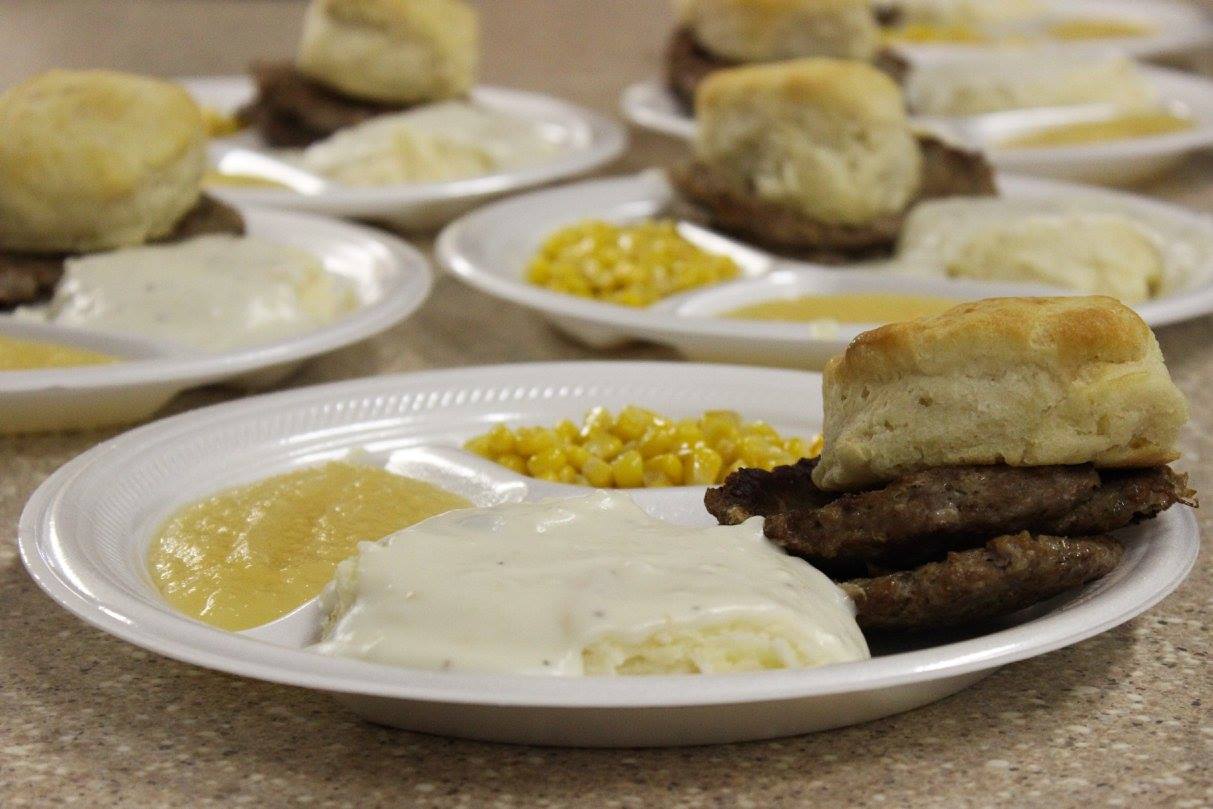
The supper has grown immensely since the early days when the tradition began with a single hog. Brotherhood and Epworth League records indicate that the supper started in 1938 with a profit of $27.17. The first mention of the event in the Lakin Independent was in 1940 when Rev. I. W. Woolard announced that the Deerfield Methodist Brotherhood had decided to put on a groundhog dinner on February 1. Ticket prices were 25¢ and 15¢, and approximately 125 meals were served.
Frank West came up with the idea of the groundhog supper. He and fellow Methodist Ed DeKeyser were instrumental in organizing the Boys Scouts in Deerfield which also became a Brotherhood mission. In addition, proceeds from the supper in the 1940s helped with improvements and supplies for Deerfield’s Methodist Church, bought worship books for local men serving in the war, and aided the youth camp at Lake Scott.
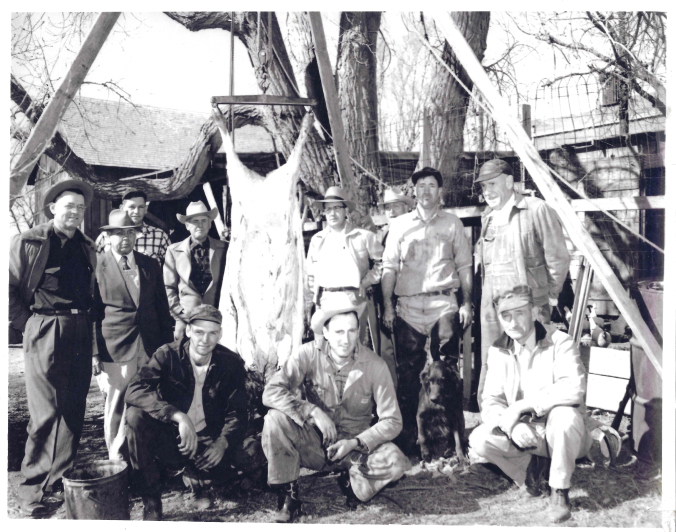
The suppers were originally served in the basement of the old Methodist Church. The late Max Miller wrote, “The basement could seat 50 and at times the crowd was so large that guests were seated in the sanctuary by numbers and waited until their number was called. The south basement windows were taken out so the food that was cooked at the parsonage, Harley Rector’s, and the High School could be passed through.”
Due to the growth of the supper, the event was moved to Rex Miller Hall in Deerfield’s newly built grade school in 1957. Seating capacity went to 180, and the cost for meals was $1.25 for adults and 75¢ for children. In February 1966, the Garden City Telegram reported that the supper had grown from a two-frying pan operation to a three-kitchen operation with a two-way radio system. The supper had already earned the reputation for being the best in Southwest Kansas, and in 1967, the gathering netted over $1,000 for the first time. Funds from the event in the 1950s and 1960s were mainly used for equipment and emergency expenses at the Methodist Church. The Brotherhood also made 28 wooden banquet tables which were stored at the school and used by other groups such as the Lions and Grange.
Butchering and processing took place at various locations until 1976, the first year that cut-up was done at Duncan Lockers. By 1979, the supper had become more than the Methodist men could handle. Other congregations and community volunteers became involved leading to the formation of the Deerfield Brotherhood in 1980. During the next 10 years, over 10,000 people attended the suppers and over $29,000 in profit was shared with the Deerfield community, churches, and Boy and Girl Scouts. The meal’s growing popularity throughout Western Kansas was evident by local media coverage and supporters who were willing to drive to the little village of Deerfield for what was labeled “The Original Southwest Kansas Groundhog Day Supper.”
In 1992, the event was moved to Deerfield’s Community Building where the seating capacity went to a whopping 396. Sausage was cooked in the old firehouse, biscuits were baked at the Deerfield Grade School, and gravy was stirred together in the Home Ec. Room of Deerfield High School. Still today, the old firehouse and Grade School are utilized for cooking with corn being the only menu item cooked at the Community Building. Volunteers coordinate delivery to the community center, and they have their system down pat. During the 1990s, the net profit distributed throughout the Deerfield community was $30,480, and the Brotherhood established a scholarship for local college-bound students in 1994. This tradition continues with two scholarships usually being awarded each year.
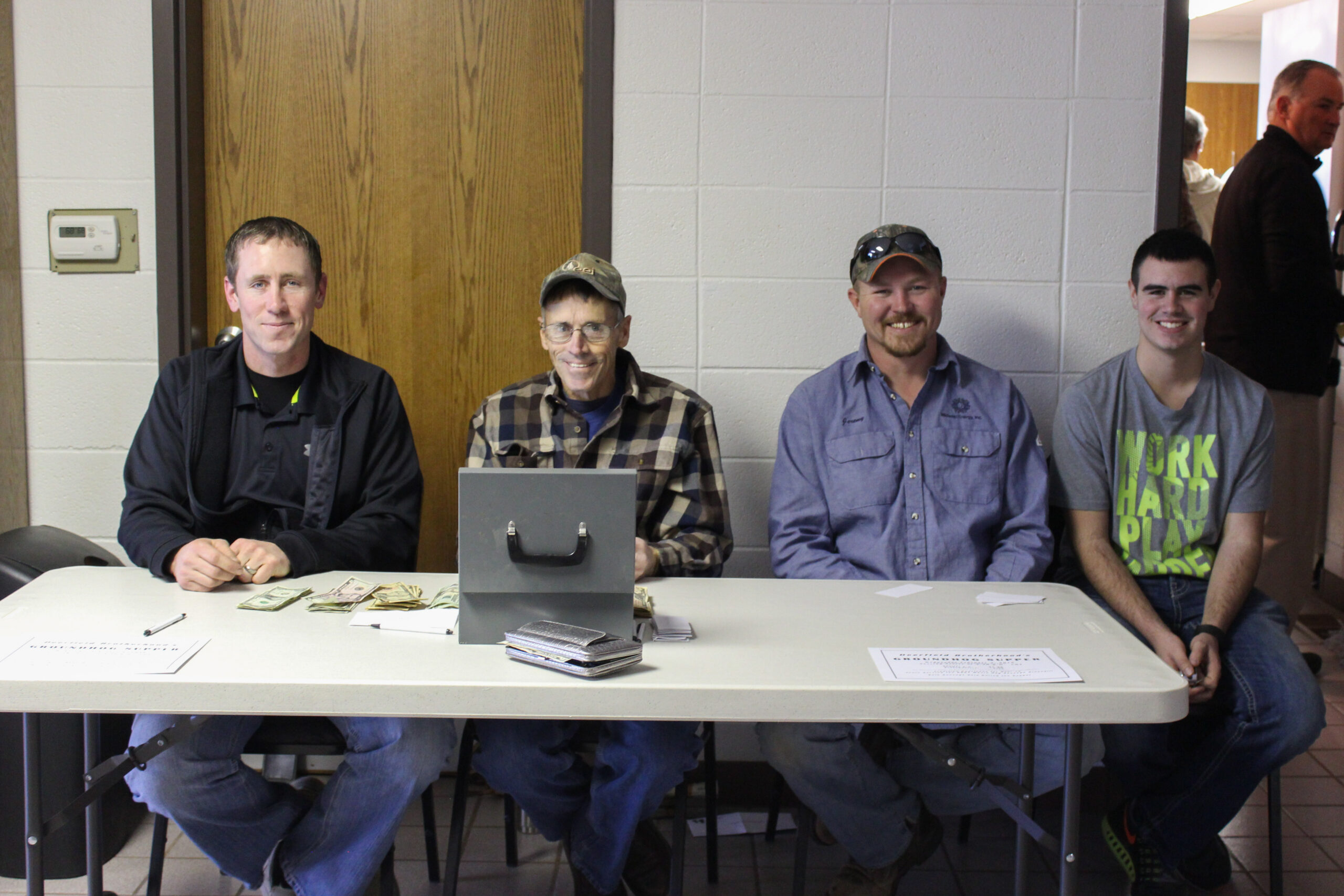
In 2005, the supper cleared $6,000 for the first time ever. In 2009, 3,600 pounds of sausage was processed, 35 gallons of gravy was used along with 2400 biscuits, the applesauce ran out before the evening’s end, and a record-setting 1,411 meals were served. Last year’s meal netted a record $14,256, bringing the total raised since 2000 to over $190,000.
“It is just amazing how much money has been raised through the years,” said Joe Eskelund, treasurer of the Brotherhood. The men meet immediately following the meal to decide how the monies earned will be used. Proceeds have helped Deerfield’s Summer Celebration, Kearny County DARE, Deerfield schools and churches, the Kearny County Historical Society, Deerfield Community Building, Chachis Place, DHS Trap, Lakin Gun Club, multiple youth organizations, community events and much more.
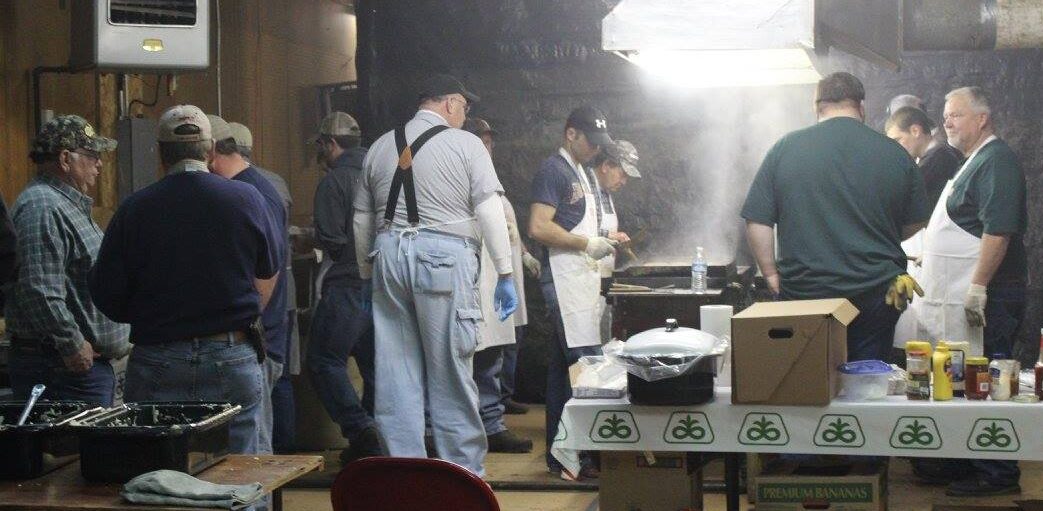
Up to and including the 1999 supper, a time-honored order known as ‘The List’ was used to designate future leaders. Following that year’s event, a ‘By Committee’ leadership was adopted with the work spread among committees which are headed by loyal volunteers. Ross Miller volunteered his time to oversee the big event, and Eskelund agreed to serve as secretary/treasurer. Miller, a 1976 Deerfield High School graduate, and Eskelund who graduated from DHS in 1977 both came up through the ranks, first helping back when young men in the sixth, seventh and eighth grades were required to assist with the meal. Deerfield students still help with serving but are no longer required to.
Miller credits the success of the groundhog supper to the dedicated men who have helped and continue to help pull off the well-orchestrated meal. He said some have been volunteering for more than five decades. “I don’t know where we would be without the help we get. So many deserve praise to be heaped upon them. Many will never have their name mentioned in written word, but those who are in the know understand the efforts of these local heroes and sacrifices they made for the good of the community. It’s been a blessing.”
Beginning in 2000, letters were sent out as a call to arms for volunteers for cut up, ticket sales, set-up and the supper. Roughly 400 letters are sent to rural and town mail boxes just prior to each year’s event, and the Brotherhood welcomes anyone who would like to help sponsor the shindig or volunteer. Membership in the Brotherhood and Deerfield residency is not required; however, volunteers must be male.
While Eskelund plans to continue as treasurer, Miller is stepping down after this year’s event and 25 years of leading the charge. He has been grooming some of the younger men to take his place. Watch the Lakin Independent for more details about this year’s groundhog supper or check out the Deerfield Brotherhood’s Facebook page.
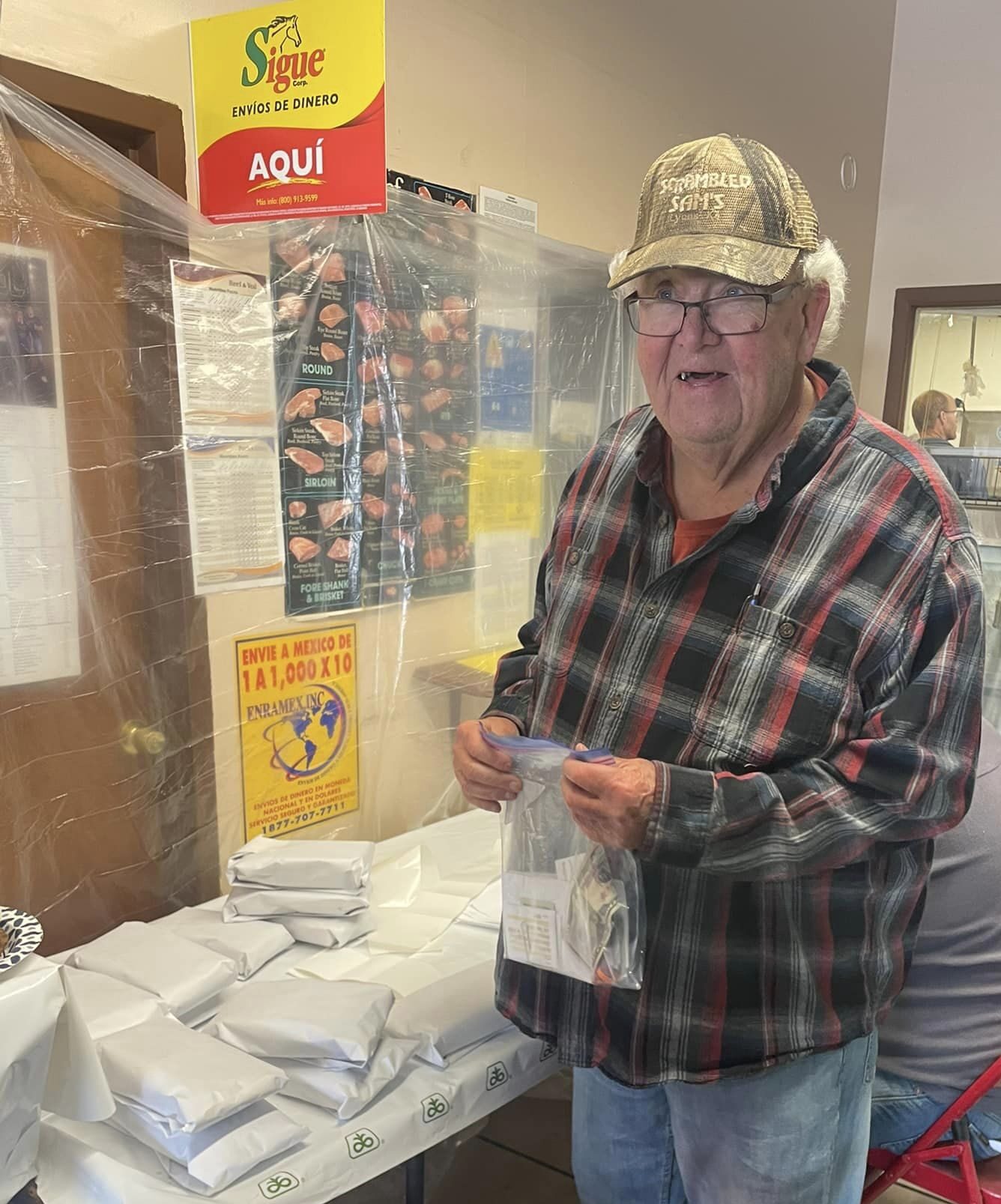
Special thanks to Ross Miller and Joe Eskelund. Other sources included: History of Kearny County Vol. I & II; archives of the Lakin Independent and Garden City Telegram; Deerfield Brotherhood Facebook page; deerfieldbrotherhood.wordpress.com; usd216.org; and the Winter 2006 Legend.

